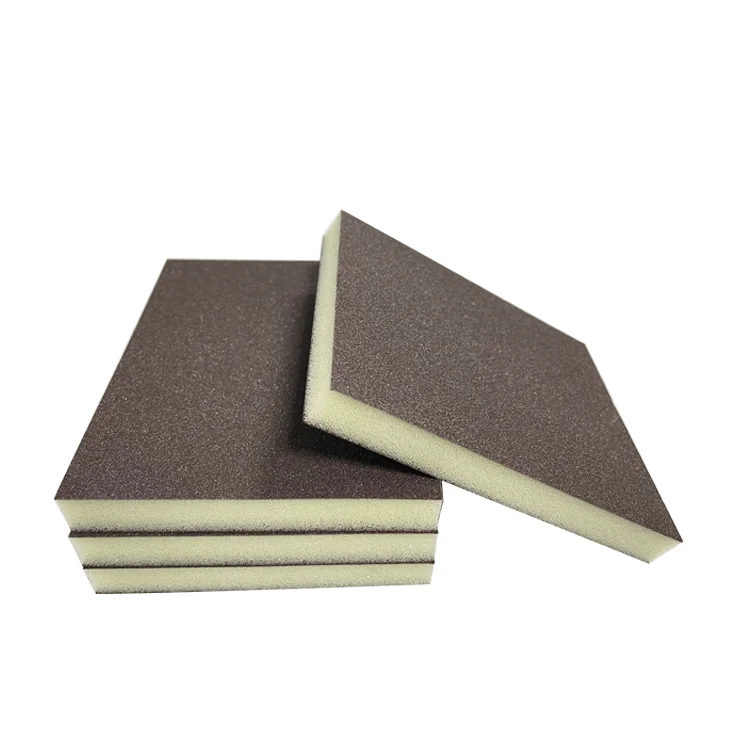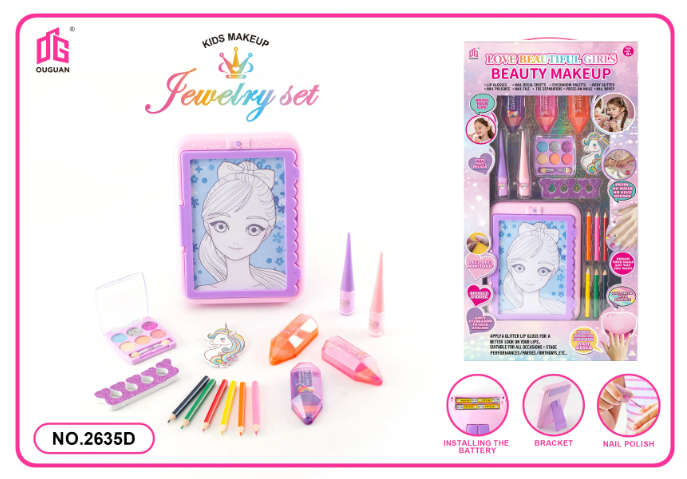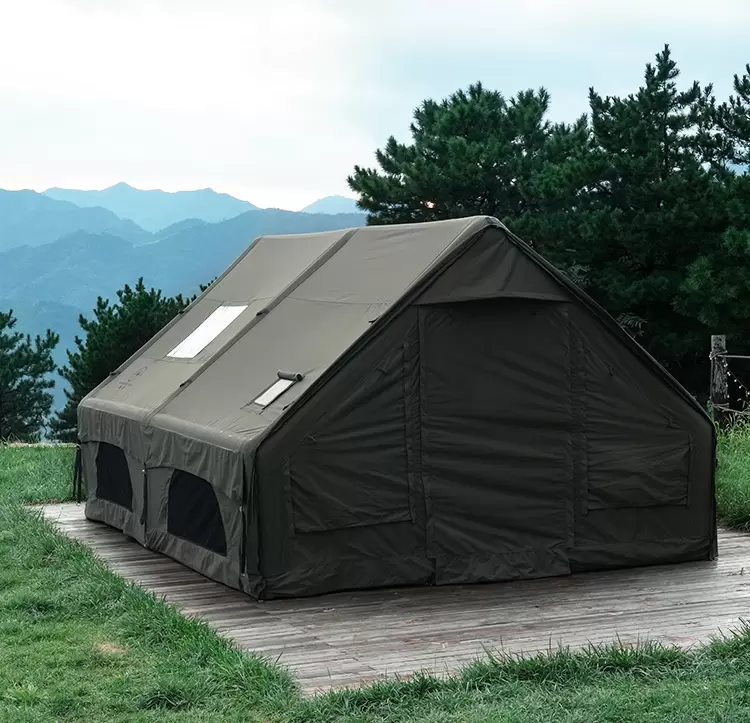In the digital age, photography has become more accessible than ever, allowing aspiring photographers to express their creativity and capture the world around them. However, with a plethora of options available, selecting the best camera for photography as a beginner can be overwhelming. This guide aims to demystify the process and provide you with practical insights to make an informed decision.
Understanding Your Photography Goals
Before diving into the technical specifications of cameras, it’s essential to understand your photography goals. Are you interested in landscape photography, portraiture, street photography, or perhaps wildlife? Your specific interests will influence the type of camera that best suits your needs. For instance, if you’re drawn to wildlife photography, you may require a camera with fast autofocus and a good zoom lens. Conversely, if you’re interested in portraits, a camera with excellent low-light performance and a wide aperture lens would be ideal.
Types of Cameras for Beginners
- Point-and-Shoot Cameras:
- Overview: These compact cameras are user-friendly and perfect for casual photography. They come with automatic settings, making them ideal for beginners who want to capture moments without delving into complex settings.
- Pros: Portability, ease of use, and affordability.
- Cons: Limited manual controls and lower image quality compared to DSLRs and mirrorless cameras.
- DSLR Cameras:
- Overview: Digital Single-Lens Reflex (DSLR) cameras offer a balance between advanced features and user-friendliness. They provide interchangeable lenses and extensive manual controls, allowing beginners to grow into more complex photography techniques.
- Pros: Superior image quality, versatility with lenses, and robust performance in various lighting conditions.
- Cons: Bulkier and heavier than point-and-shoot cameras, and may have a steeper learning curve.
- Mirrorless Cameras:
- Overview: Mirrorless cameras have gained popularity due to their compact size and advanced technology. They offer similar capabilities to DSLRs but without the mirror mechanism, resulting in a lighter body and faster shooting speeds.
- Pros: Lightweight, excellent video capabilities, and a wide range of lens options.
- Cons: Battery life can be shorter than DSLRs, and some models may have a higher price point.
Key Features to Consider
When selecting a camera, consider the following features that can significantly impact your photography experience:
- Sensor Size:
- Larger sensors typically capture more light, resulting in better image quality, especially in low-light conditions. Full-frame sensors are ideal but can be expensive; APS-C sensors are a great compromise for beginners.
- Megapixels:
- While more megapixels can lead to higher resolution images, it’s not the sole determinant of image quality. A camera with 16-24 megapixels is usually sufficient for most beginners.
- ISO Range:
- A wider ISO range allows for better performance in various lighting conditions. Look for cameras that perform well at higher ISO settings to minimize noise in low-light situations.
- Autofocus System:
- A reliable autofocus system is crucial for capturing sharp images, especially for fast-moving subjects. Look for cameras with multiple autofocus points and fast focusing capabilities.
- Connectivity Options:
- Features like Wi-Fi and Bluetooth can make it easier to share your photos and control your camera remotely, which can be beneficial for beginners.
Recommendations for Beginners
Based on the above considerations, here are a few camera recommendations that cater to different preferences and budgets:
- Canon EOS Rebel T7 (DSLR):
- A great entry-level DSLR with a 24.1 MP sensor, built-in Wi-Fi, and a user-friendly interface. It’s perfect for those looking to explore photography without feeling overwhelmed.
- Nikon D3500 (DSLR):
- Known for its excellent battery life and intuitive controls, the D3500 features a 24.2 MP sensor and a Guide Mode that helps beginners learn the basics of photography.
- Sony Alpha a6000 (Mirrorless):
- This compact mirrorless camera boasts a 24.3 MP sensor and a fast autofocus system, making it ideal for capturing action shots. Its lightweight design is perfect for travel.
- Fujifilm X-T200 (Mirrorless):
- With its retro design and 24.2 MP sensor, the X-T200 offers a unique shooting experience. It also features a vari-angle touchscreen, making it great for vlogging and creative angles.
- Canon PowerShot G7 X Mark III (Point-and-Shoot):
- For those who prefer a compact option, this camera offers excellent image quality, 20.1 MP resolution, and 4K video capabilities, making it a versatile choice for casual photographers.
Conclusion
Choosing the best camera for photography as a beginner is a personal journey that should align with your interests, budget, and willingness to learn. By understanding your photography goals and considering the various types of cameras and their features, you can make an informed decision that will enhance your photographic journey. Remember, the best camera is the one that inspires you to capture the world around you, so choose wisely and enjoy the process of learning and creating!



